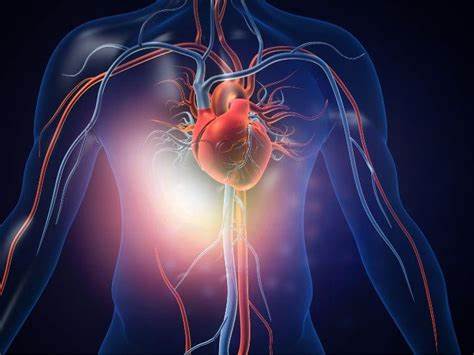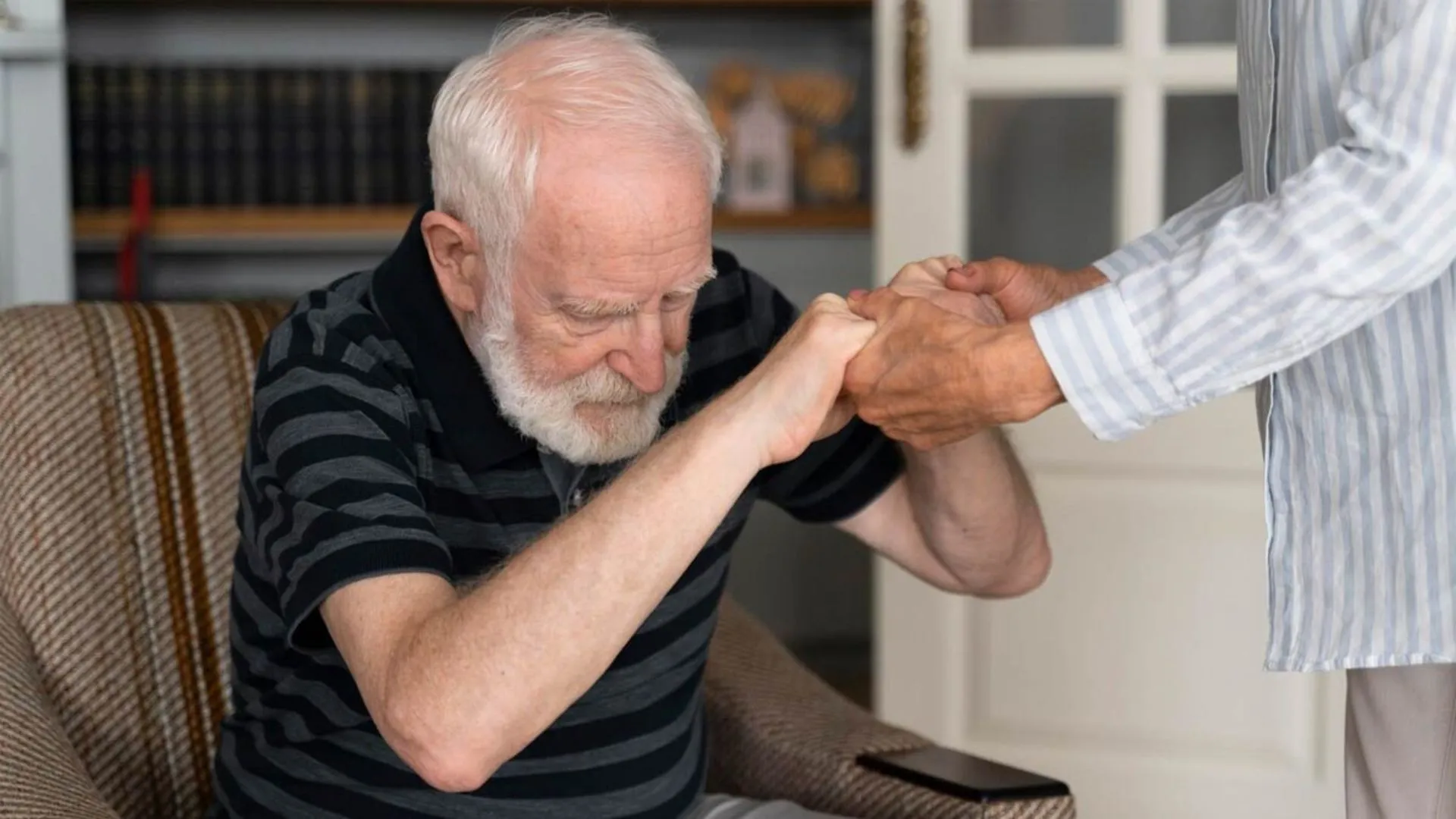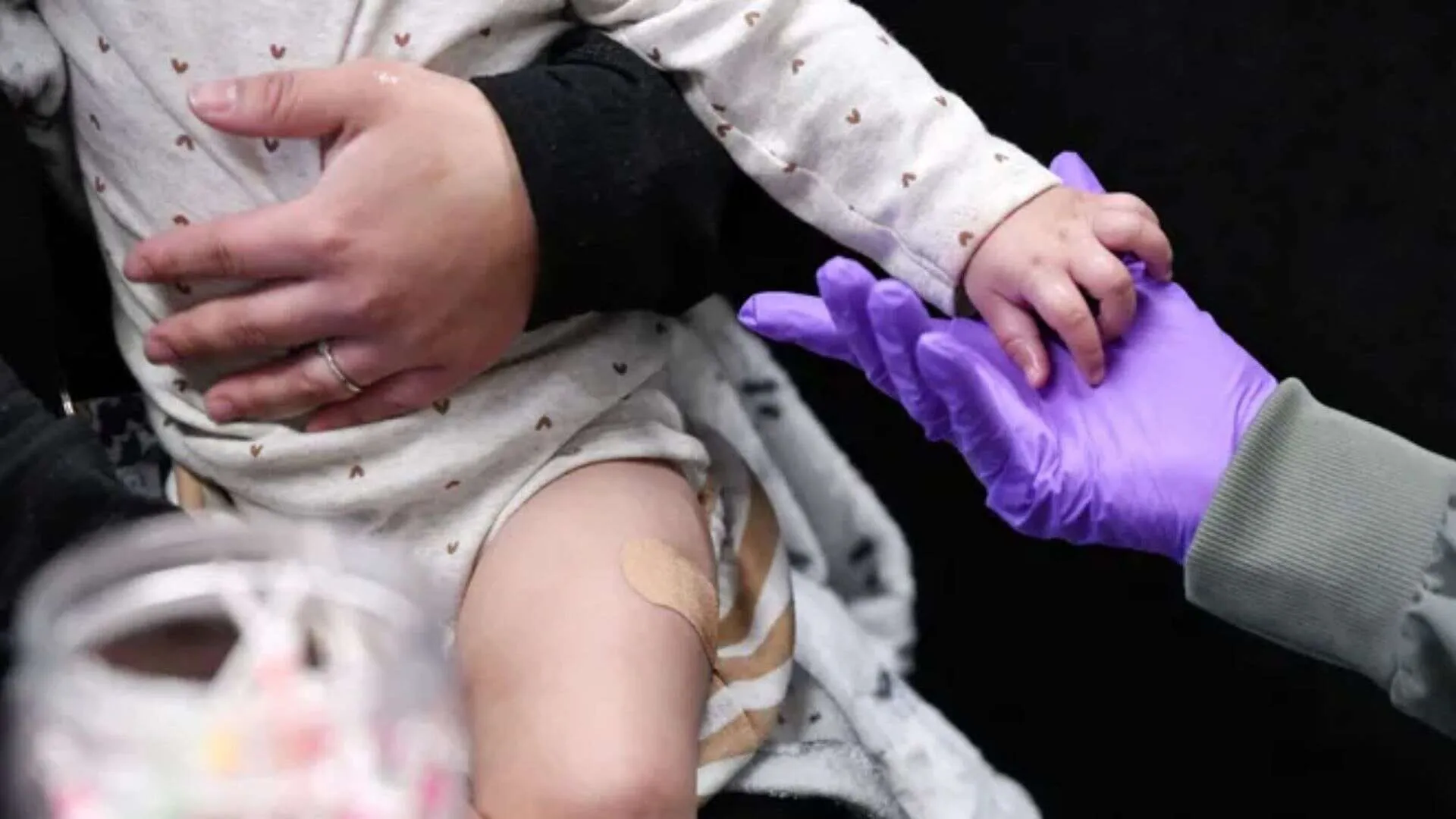Study Finds a Subset of Artificial Heart Patients Can Regenerate Heart Muscle: A Groundbreaking Discovery
In recent years, advances in medical technology have revolutionized the treatment of patients with severe heart conditions. Among the most notable innovations is the use of artificial hearts, which have helped countless individuals survive heart failure, a condition that otherwise would have been fatal. Artificial hearts, also known as ventricular assist devices (VADs) or total artificial hearts (TAHs), are mechanical pumps that take over the function of a damaged heart, allowing patients to live longer while waiting for a heart transplant or as a long-term solution in certain cases. However, a recent groundbreaking study has shed new light on the potential for patients with artificial hearts to regenerate heart muscle, a discovery that could redefine the way we understand heart failure and its treatment.
This discovery suggests that a subset of patients with artificial hearts may experience heart muscle regeneration under specific conditions, offering hope for a future where heart failure could be reversed, rather than just managed. In this article, we will explore the details of the study, what it means for the future of heart disease treatment, and the potential implications for patients with heart failure.
The Role of Artificial Hearts in Modern Medicine
Heart failure is a debilitating condition in which the heart is unable to pump blood effectively to meet the body’s needs. It can result from a variety of causes, including coronary artery disease, high blood pressure, and heart attacks, leading to weakened or damaged heart muscle. As heart failure progresses, patients may require mechanical support, often in the form of a ventricular assist device (VAD) or, in more severe cases, a total artificial heart (TAH).
VADs are mechanical pumps that assist the heart in pumping blood, often used in patients who are not candidates for a heart transplant or those waiting for a donor heart. TAHs, on the other hand, replace the entire heart in patients who cannot receive a transplant. These devices have significantly improved the survival rates of heart failure patients, allowing them to live longer and with a better quality of life.
However, while these devices have been a lifeline for many, they have not addressed the root cause of heart failure — the loss of healthy heart muscle. This has led to ongoing research aimed at finding ways to regenerate damaged heart tissue, with scientists focusing on various approaches, including stem cell therapy, gene therapy, and bioengineering.
The Groundbreaking Study: Artificial Hearts and Heart Muscle Regeneration
A recent study published in a leading medical journal has made a shocking and promising discovery: some patients who are using artificial hearts appear to be able to regenerate their heart muscle. This study, conducted by a team of researchers at a prominent medical center, focused on a subset of patients who had been using artificial hearts for extended periods. The researchers found that, in certain cases, the patients’ heart muscle showed signs of regeneration and healing, even in the absence of a heart transplant.
Key Findings of the Study:
- Identification of a Regenerative Subset:
The researchers identified a small but significant subset of patients with artificial hearts who demonstrated signs of heart muscle regeneration. This subset was characterized by certain biological markers and conditions, suggesting that their bodies were responding to the mechanical support of the artificial heart in ways previously thought to be impossible. - Regeneration in the Presence of Artificial Hearts:
While artificial hearts were initially thought to only provide mechanical support and not contribute to tissue regeneration, the study found evidence that the devices themselves might be playing a role in stimulating heart muscle repair. The mechanical action of the pump, along with changes in blood flow and pressure, may be encouraging the growth of new heart tissue. - Biological Mechanisms of Regeneration:
The study explored the biological processes involved in this regeneration. It was found that certain patients showed increased levels of growth factors and cellular signaling pathways associated with tissue repair and regeneration, including the transforming growth factor-beta (TGF-β) pathway. These pathways are known to play a key role in tissue healing and could be activated in response to the mechanical support provided by the artificial heart. - Differences Between Patients:
Not all patients with artificial hearts experienced regeneration. The researchers found that specific factors, such as age, duration of heart failure, the severity of heart damage, and underlying genetic predispositions, seemed to influence the ability to regenerate heart tissue. This suggests that, while artificial hearts may offer a potential therapeutic benefit, they are not a universal solution for all heart failure patients.
How Artificial Hearts Might Stimulate Heart Muscle Regeneration
At the heart of this discovery is the idea that artificial hearts, through their mechanical action, could provide a unique environment that stimulates heart tissue repair. The mechanical function of the artificial heart — which pumps blood through the body — may create favorable conditions for heart muscle regeneration. This occurs in a few key ways:
- Improved Blood Flow:
One of the primary ways artificial hearts support patients is by improving blood flow to the organs and tissues, including the heart. This improved circulation may provide the heart muscle with better oxygen and nutrients, creating an environment conducive to regeneration. - Pressure Changes and Mechanical Forces:
The mechanical action of the pump can alter the pressures within the heart and the surrounding tissues. These changes may stimulate heart cells to adapt, promote healing, and encourage the regeneration of damaged tissue. - Cellular Signaling and Growth Factors:
As mentioned earlier, the study found that patients who experienced muscle regeneration showed increased levels of growth factors. These factors, such as vascular endothelial growth factor (VEGF) and platelet-derived growth factor (PDGF), play a crucial role in tissue repair and cellular regeneration. The mechanical forces exerted by the artificial heart may activate these pathways, prompting the heart to heal itself. - Reducing the Burden on the Heart:
By taking over the pumping function of the heart, artificial hearts reduce the workload on the remaining heart tissue. This reduction in strain allows the heart cells to rest and focus on repair rather than on maintaining function, potentially leading to regeneration.
Potential Implications for the Future of Heart Failure Treatment
The discovery that a subset of artificial heart patients can regenerate heart muscle opens up exciting new possibilities for the treatment of heart failure. If researchers can pinpoint the mechanisms behind this regeneration and identify the factors that make it possible, it could pave the way for new therapies aimed at reversing heart failure, rather than just managing it.
- Targeted Treatments for Heart Regeneration:
This discovery may lead to the development of new treatments that harness the body’s natural ability to regenerate heart tissue. Therapies could involve stimulating the same growth factors and cellular pathways that were activated in the patients with artificial hearts, potentially leading to the regrowth of damaged heart muscle. - Personalized Approaches:
The study highlighted that not all patients respond in the same way, meaning that personalized treatments may be needed. Understanding the individual factors that promote heart muscle regeneration could lead to tailored therapies that optimize the chances of recovery for each patient. - Reduced Need for Heart Transplants:
If heart regeneration can be induced in a significant number of patients, it could reduce the reliance on heart transplants, which are in short supply and involve significant risks. Patients who could regenerate their heart muscle might be able to avoid the need for a transplant altogether. - Improved Long-Term Outcomes:
For patients who require artificial hearts for extended periods, the possibility of heart muscle regeneration could offer improved long-term outcomes. Rather than relying on a mechanical device indefinitely, patients could eventually see their heart function improve, reducing the need for a transplant or mechanical support.
Challenges and Future Research Directions
While the discovery of heart muscle regeneration in artificial heart patients is promising, there are still many challenges that need to be addressed before this approach can become a standard treatment option. Some of the key challenges include:
- Understanding the Mechanisms:
The exact mechanisms behind heart regeneration in artificial heart patients are still not fully understood. Further research is needed to explore how mechanical support can stimulate heart tissue repair and to identify the specific factors that promote regeneration. - Clinical Trials:
Large-scale clinical trials will be necessary to validate the findings of the initial study and determine whether this regeneration is a repeatable and consistent phenomenon. These trials will also help identify which patients are most likely to benefit from this approach. - Safety and Efficacy:
While the idea of regenerating heart muscle is exciting, safety and efficacy are paramount. Researchers will need to ensure that any treatments designed to promote heart regeneration are both safe and effective in the long term.
The discovery that a subset of artificial heart patients can regenerate heart muscle is a groundbreaking step in the treatment of heart failure. By identifying the conditions under which heart regeneration occurs and understanding the mechanisms at play, scientists could open the door to a new era of heart disease treatment — one where heart failure is no longer a condition that must be simply managed but can potentially be reversed.
This exciting finding also underscores the importance of personalized medicine, as each patient’s unique biology plays a crucial role in their response to treatment. As research continues, we may one day see a future where heart failure is not only treatable but curable, offering hope to millions of people around the world affected by this debilitating condition.








